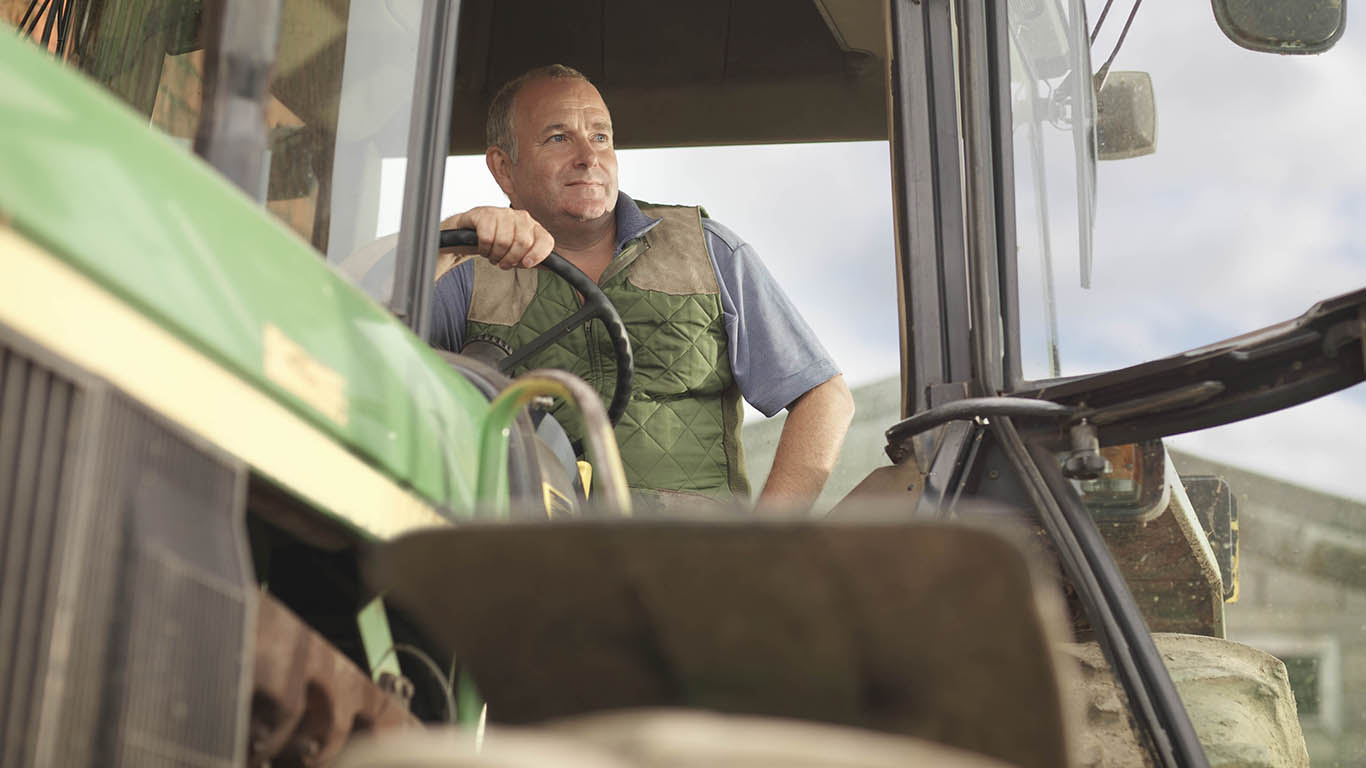Have any questions?
+44 1234 567 890
There’s no Replacement for Supply Chain Resilience
STORY
How a manufacturer of agricultural equipment keeps its customers supplied with replacement parts during a crisis
When replacement parts are needed to keep a business running, time is of the essence. For farmers who need to harvest their crops in the span of a few precious days, having a quick and reliable supply of equipment parts is actually of existential importance. But what happens when a crisis disrupts the supply chain? Or when the main warehouse is located in a coronavirus hotspot?
New times call for new ideas. Businesses have long been thinking about how to better protect their supply chains against unforeseeable risks. Not long ago, decisions were driven primarily by cost considerations. Today, the focus is on delivery capacities and the underlying resilience of supply chains.
Caught off guard by a real-life scenario
Our customer, a manufacturer of large agricultural equipment, faces a clear question: How should logistics and service structures be set up to ensure that farmers can always count on urgently needed replacement parts during the harvest season? How can the network of sites and suppliers be made resilient against any crisis?

The motivation for this self-examination is a real-life scenario linked to the coronavirus pandemic that caught our customer by surprise. When the first wave hit the company at the end of March, followed by the lockdown, the only way to maintain the output of the main warehouse was to introduce strict hygiene measures and spread the workforce out across multiple shifts. But what would’ve happened if this scenario had caught the company unprepared at the height of the harvest? The situation would have been even more dire for our customer if a COVID-19 outbreak had occurred at the site itself. A closure of the main warehouse probably would’ve been unavoidable.
Corona isn’t the only crisis
But a global pandemic isn’t the only conceivable crisis. A fire or a disruption of the highly automated storage technology could also unleash a crisis. Even labor unrest could have far-reaching consequences for warehouse operations. This threat is not unique to the agricultural machinery sector, of course. It can affect any industry whose revenue stream or core service to customers depends heavily on the ready supply of parts.
Siemens Digital Logistics had already conducted several successful network studies with this customer in the past, and so they turned to us for consulting here as well.
How did we approach the task? A look at the initial situation showed a common scenario: a large main warehouse for the full range of replacement parts, plus several regional warehouses for parts needed frequently or locally during the harvest season. But we asked ourselves: Is this structure really flexible and resilient enough to ensure that customers get what they need when a crisis hits?
Balancing costs and service
Our vision is to provide our customers with a solution that strikes the perfect balance between cost and a reliable supply to their customers at the highest level of service. One of the tools deployed here is the digital twin, an IT consulting tool that can be used to create a dynamic model of the interplay and interdependency among various nodes in a network – and above all, under real conditions.
So we played through various scenarios with our customers: How do the number and location of sites affect supply chain performance? What would it mean to expand the supply of products available in the regional warehouses horizontally or vertically? And how secure would the supply of parts be if the end customer were supplied from a second warehouse as a fallback solution?
Data-driven planning scenarios and modern IT tools make it possible to pre-empt a crisis with sophisticated solutions before it catches you off guard. Here we were able to score yet another success in close collaboration with our customer.